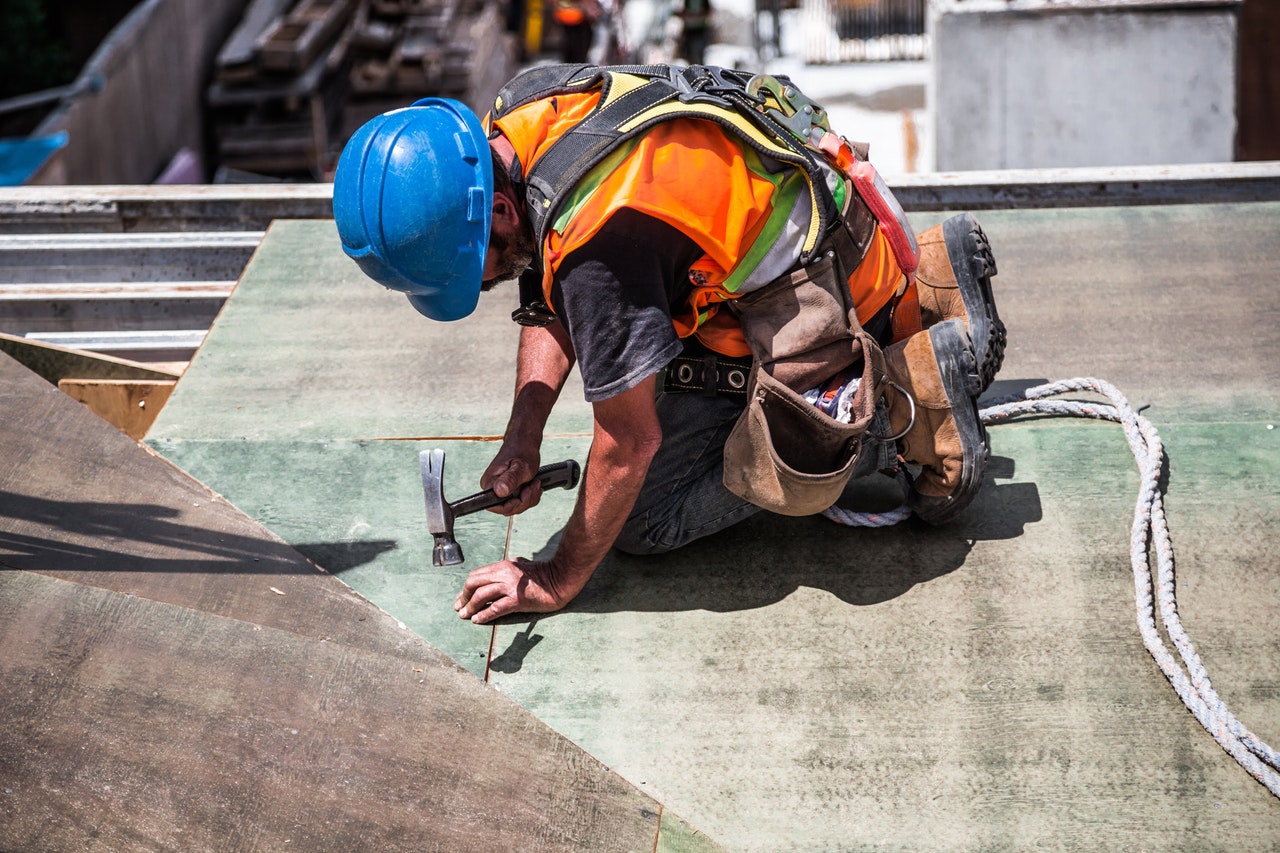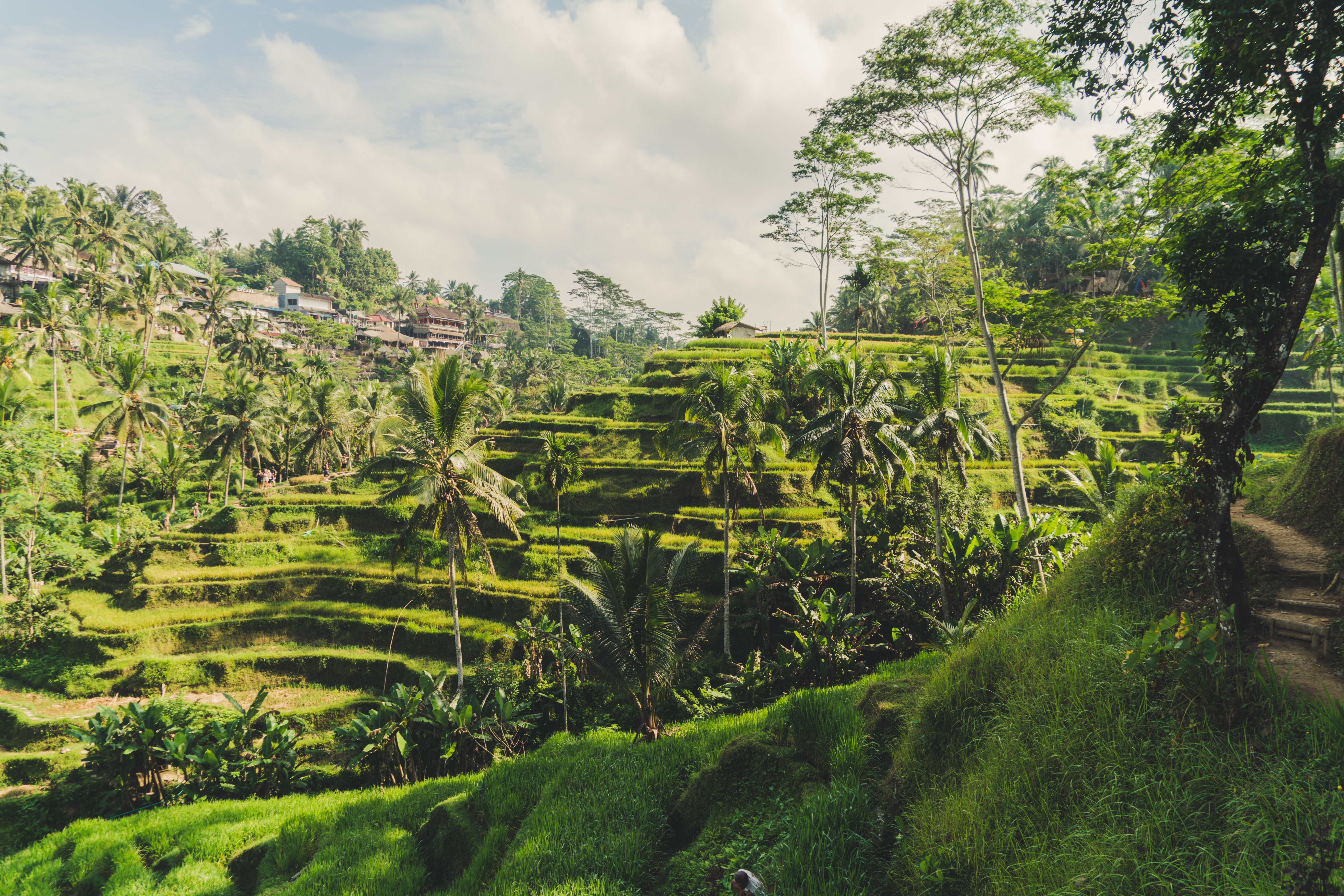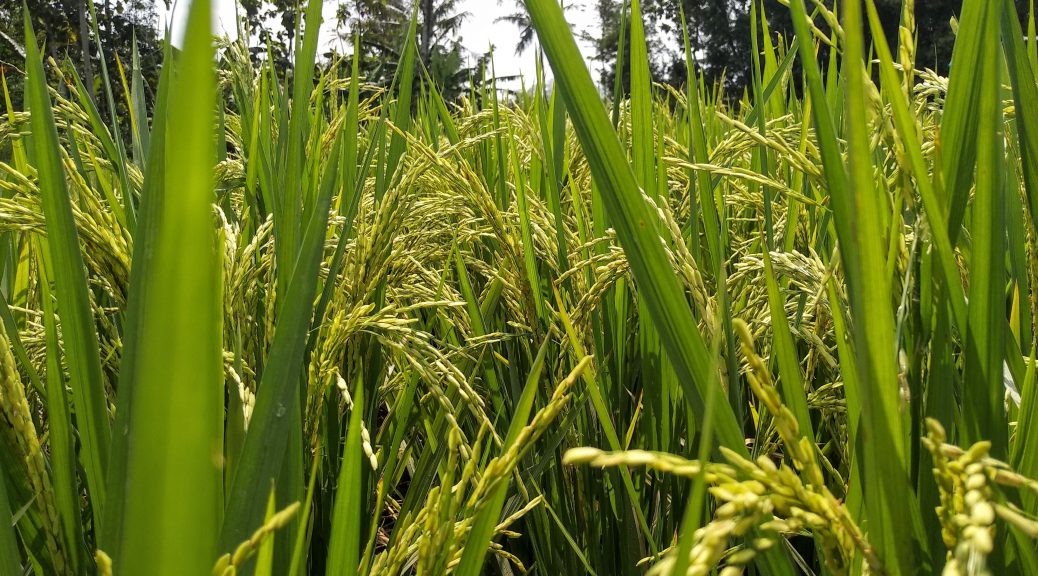The construction industry is a highly polluting one. Experts are increasingly trying to find solutions to construct homes and buildings in a more environmentally responsible way.
In recent years, rice residues — crop waste — have been in the sights of environmentalists and engineers who want to find use for them. In recent months, there has been a lot of talk about MDF panels designed from this material. This product could well become an essential building material for our homes in the coming years.

What Are MDF Panels For?
MDF panels, i.e. panels made of medium-density fibers, are very useful in the construction world. They are usually made from wood. These panels are even and smooth and are mainly used to erect the walls of buildings. They are also used to create furniture, moldings, garage flooring and more! Those made from rice tailings are just as versatile, but more environmentally friendly.
Is Wood Less Eco-Friendly Than Rice?
It is said that wood is an eco-responsible material more than it is renewable. It’s true! But logging is a major problem, as trees are the lungs of the Earth. Thus, replacing wood panels by the waste from rice cultivation is a great idea. In addition, rice tailings have a feature that wood does not have; rice panels do not need to be encased with formaldehyde glue (a toxic product) to be functional, especially because they are resistant to mold. Also note that rice panels are recyclable.

Rice Cultivation: An Ecological Disaster
According to the EcoHome website, these panels represent a small revolution in the world of bio-based materials. Indeed, using industrial waste is one way to curb the depletion of our resources and to counter climate change. Especially since we know that rice cultivation causes great damage to the environment. Firstly, it requires a lot of water. In fact, several rivers are diverted to flood the rice fields. This action, which harms flora and fauna, also produces methane. Moreover, residues from rice cultivation are usually burned, which releases tons of carbon dioxide into the air each year. Finally, since rice is one of the largest cereal crops in the world, the use of its waste is an ecological gesture that has a strong impact.
Other Benefits
In addition to being environmentally friendly, these panels offer several advantages for the construction of homes and buildings: they are deformation-proof, non-toxic and resistant to punctures, shocks and most chemicals.
They will need to be produced in large quantities in California in order to be sold. The CalPlant plant expects to provide more than 140 million square feet per year. A green material that could quickly be invited to Quebec. Will you be one of the first to live in a house made from rice tailings?
